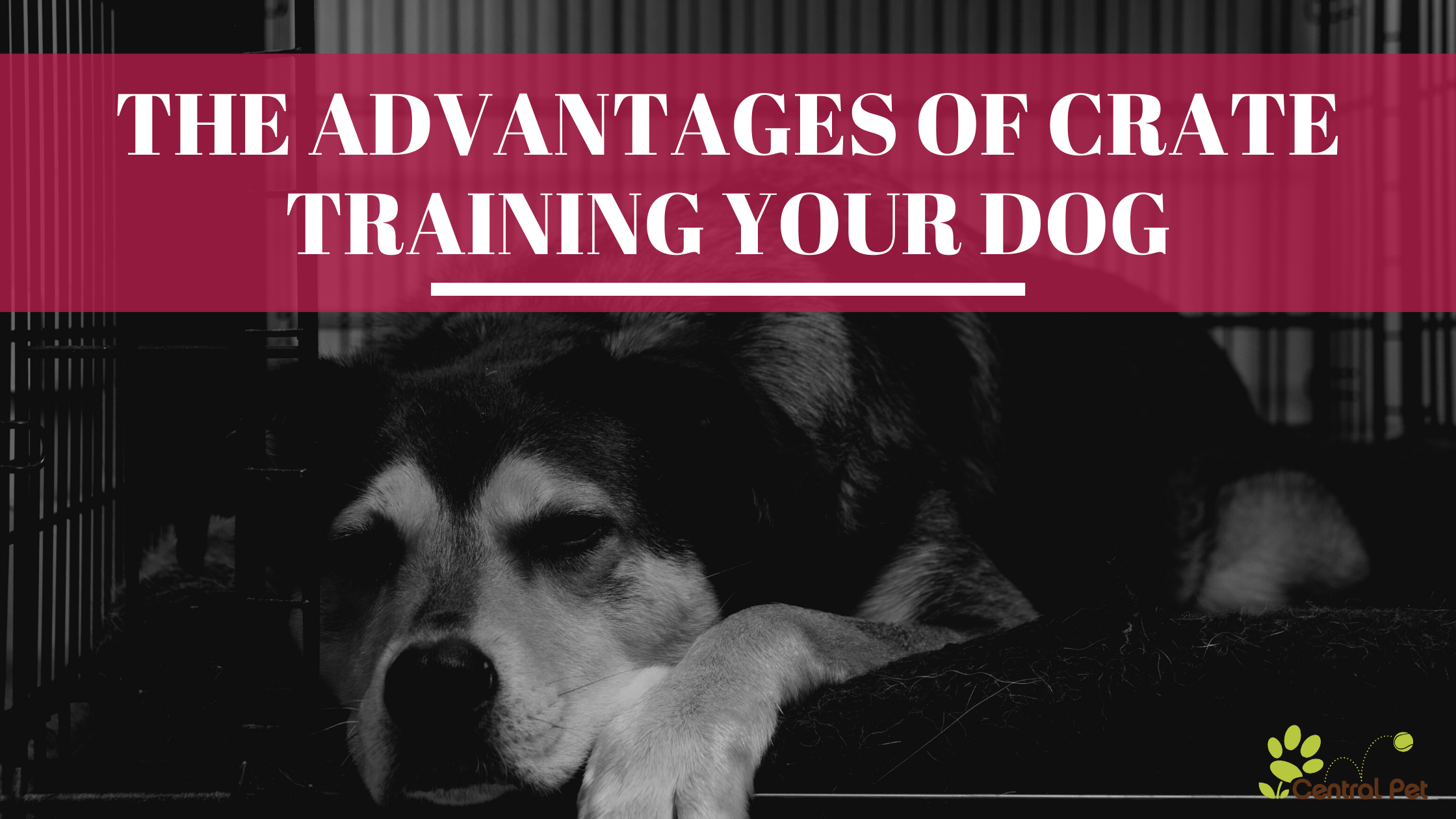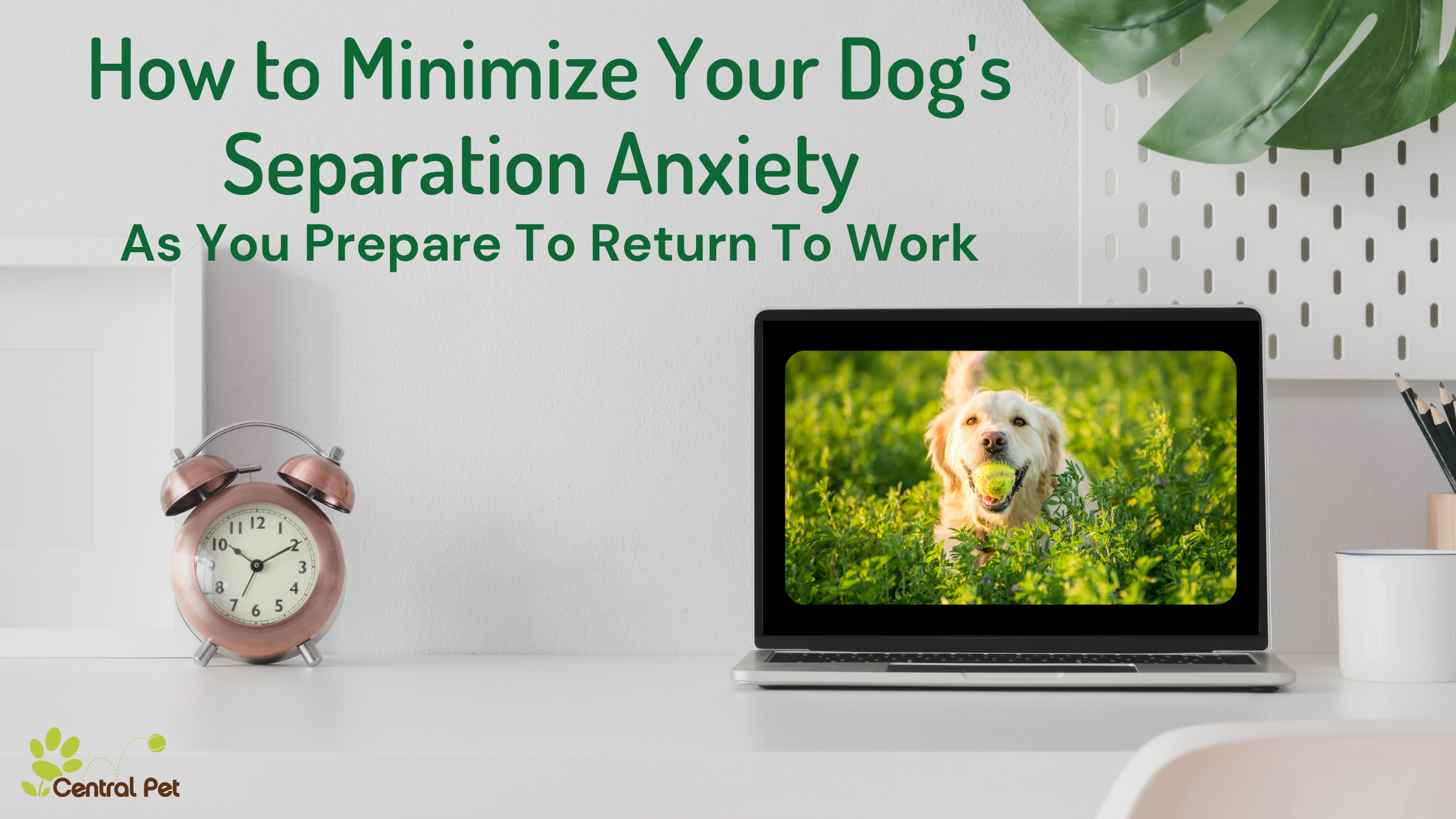The Advantages of Crate Training
One of the first things veterinarians and trainers recommend when you get a new puppy is to crate train it. Many people believe crate training is “mean,” but in actuality, it’s a great way to house train your puppy, keep it safe in crazy or dangerous circumstances, and give your new best friend a stress-free place to chill. It should be an integral part of dog training.
Why Crate Training Is Beneficial
Crate training benefits all dogs of all ages and sizes. It can prolong their lives, especially when you have a puppy that learns how to get into everything, even though you puppy-proof your home. You also don’t have to keep your puppy next to you 24/7 while trying to house train it if you crate train. Some dogs will take to crate training and be taught in a week or two, while others might take several months to get used to the crate. The key, as with all training, is patience.
Safe Place
When you have other animals or even kids, your dog has a safe place to hide out from them if it doesn’t want to be bothered. The crate also gives your dog a safe place to be if you have guests over and everyone is in and out. You won’t have to worry about your best friend escaping. And, the crate is the perfect place to chew on a treat-filled Kong without worrying about another pet or a child taking your dog’s treat.
Quiet Place for Naps
A crate provides a quiet and comfortable place for your dog to take a nap without getting disturbed. Once most dogs have been crate trained, they’ll seek out the crate when they need to get away from the hustle and bustle of other pets, kids, and even adults.
Great for Emergencies
A crate-trained pet will “crate up” when you tell it to, which could be life-saving in an emergency such as a fire or an earthquake. And, if you need to make an emergency run to the vet, your dog will feel more comfortable and ride safely in its crate.
Boarding and Doggy Daycare
When you need to board your pet or leave it at doggy daycare, it will feel comfortable in its own space. It also makes it easier on the boarding staff when your pooch is crate trained – when it’s time to eat or if some dogs must be crated while others are out, the staff can quickly get dogs in and out of different areas of the boarding facility or doggy daycare when needed. Crate training teaches your dog that its space is a safe place to eat and sleep -- and the staff won't have to wrangle your dog to get it into its run.
How to Crate Train Your Puppy
Before you start, you have to choose the right crate. Your puppy’s crate should be just big enough for it to stand, turn around in, and lie down. You can choose a wire crate or a plastic crate, but for those who try to escape a crate, a plastic crate might be better. Your puppy could get its teeth and paws caught between the wires if it tries to pay or chew its way out. A plastic crate also provides mostly solid or solid bottom walls, which often gives your best friend more security.
If your puppy is going to grow into a large dog, you can buy a larger crate with dividers to close off part of the crate. Since a dog won’t potty where it sleeps, you don’t want to provide it with a lot of extra space.
You can try putting a towel in, but if your puppy chews it or pees on it, then remove it. Many dogs prefer sleeping on harder surfaces, so the crate mat is enough.
Step 1: Create a Good Association
Never use the crate to punish your puppy while you are crate training. You want your puppy to associate the crate with calm time or fun time, such as eating or chewing a Kong or other favorite chew toy. In the beginning, never put your puppy in the crate if it is not calm. Even when playing, your puppy will want to get out and play. After playing with your puppy, when it starts to tire out, is one of the best times to work on the first step of crate training. Only keep your puppy in the crate for about 10 minutes at a time unless it wants to sleep.
Step 2: Treats and More Treats
Whenever you crate your puppy, be sure to give it a treat when it goes in. You want to create a positive association with the crate. When you’ve worked up to about 15 to 20 minutes and are ready to leave the room, make sure your puppy has a Kong filled with peanut butter or something else it has to work with for a while. Your dog will associate the crate with fun times and won’t mind staying in the crate for a bit while you are not in the room.
Step 3: Never Leave Your Dog Crated for Hours at a Time
Puppies can only hold their bladder for about an hour for each month they age. Once they get to eight to ten months, they can hold it longer. Make sure you take your puppy out for potty breaks as often as its age dictates when you are working on longer crate training times or if you have to crate your puppy to keep it safe.
Step 4: Naked Puppy
Never leave a collar on your puppy while it's in the crate. The collar or the tags could get caught in the crate and create a choking hazard.
Step 5: Small Steps and Patience
Take it slow and be patient. Some dogs will take to the crate within days or a week, while others might take up to six months to be comfortable with being crated.





